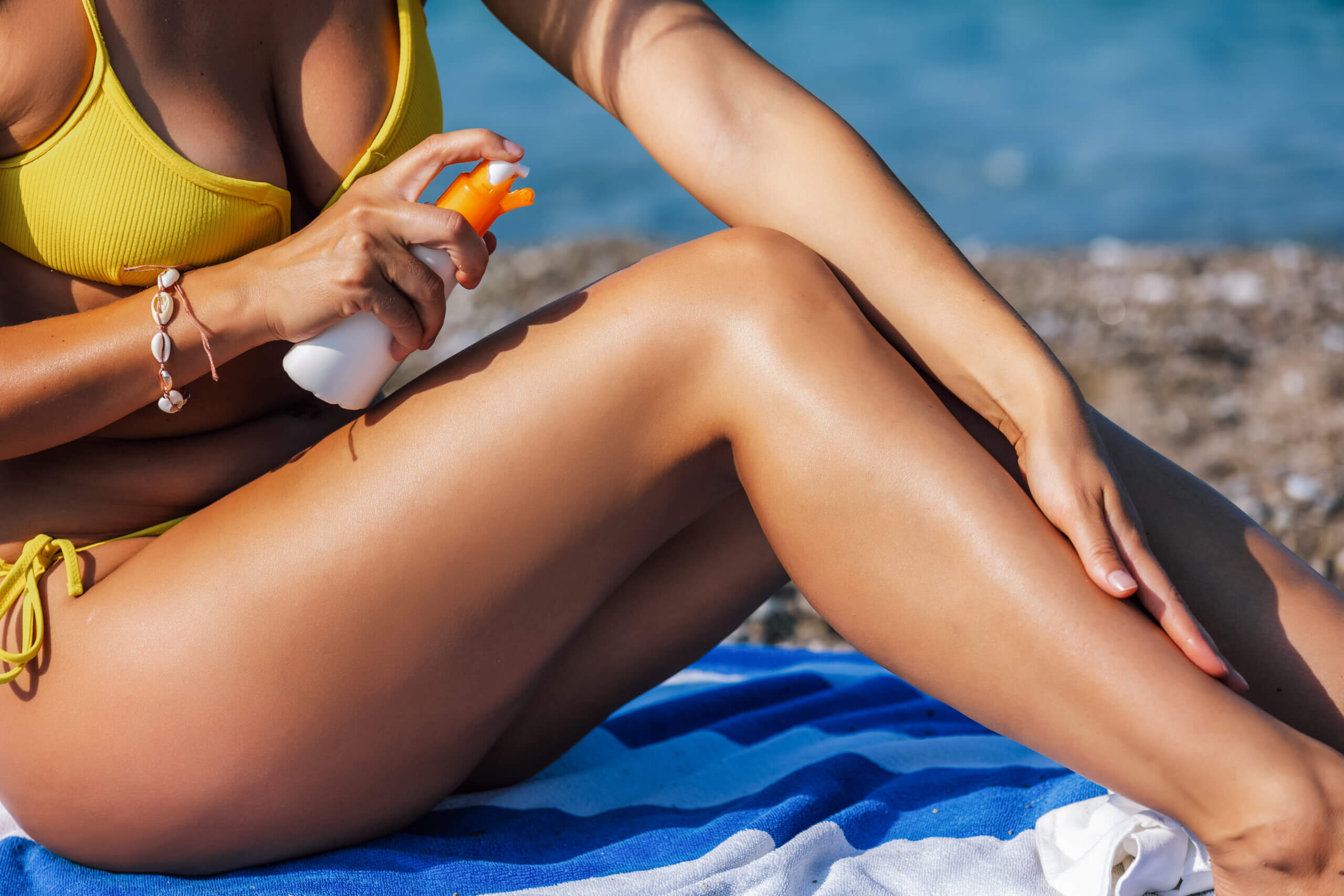
When it comes to enjoying the sun, many people wonder: Can you tan with sunscreen on? The answer might surprise you. Yes, you can indeed tan while wearing sunscreen, but understanding how this works is essential for maintaining healthy skin and minimizing damage. Let’s take a closer look at how tanning works and how sunscreen can protect you in your quest for that sun-kissed look.
How Tanning and Sunscreens Work
What Causes Tanning?
Tanning is the skin’s response to UV radiation from the sun. When exposed to UV rays, the skin produces more melanin, the pigment that darkens the skin. This response is the body’s natural way of protecting itself from further UV damage. However, excessive UV exposure can lead to skin damage, premature aging, and an increased risk of skin cancer.
The Science Behind Sunscreens
Sunscreens are designed to protect your skin from the harmful effects of UV radiation. They work in two primary ways:
- Chemical Filters: These absorb UV rays and convert them into harmless heat, which is then released from the skin.
- Physical (Mineral) Filters: These sit on the skin’s surface and reflect UV rays away from the skin.
While sunscreen significantly reduces the risk of sunburn and skin damage, it does not entirely block UV rays. This means that while you’re protected from severe damage, you can still develop a tan. The key is that the tan you get while using sunscreen is much less intense and damaging compared to a tan acquired without protection.
Choosing the Best Sunscreen for Your Needs
To tan safely, selecting the best sunscreen is crucial. Here are our recommendations on what to look for:
- Broad-Spectrum Protection: Ensure the sunscreen protects against both UVA and UVB rays.
- SPF Rating: Choose a product with an SPF of 30 or higher for effective protection.
- Water Resistance: If you’re swimming or sweating, opt for a water-resistant formula.
Sunscreen should be reapplied every two hours, or more frequently if you’re swimming or sweating. This routine helps to prevent sunburn and maintains a protective barrier against UV rays, allowing you to develop a tan, albeit a more controlled and less damaging one.
The Risks of Tanning Oils
Tanning oils are designed to enhance the tanning process by accelerating UV exposure. However, they often provide minimal UV protection compared to sunscreens. One of the significant risks of using tanning oils is that they can intensify UV exposure by refracting UV rays onto the skin. This can increase the likelihood of sunburn and long-term skin damage.
Importance of Skin Health and Protection
Using sunscreen is a crucial step in protecting skin health while enjoying the sun. Even if you are aiming for a tan, protecting your skin from excessive UV exposure is vital to prevent premature aging and reduce the risk of skin cancer.
Best Practices Safe Sun Exposure
- Apply Generously: Use about a shot glass full of sunscreen to cover your entire body, and ensure you apply it evenly. For your face, use a nickel-sized amount. This helps provide effective coverage and protection.
- Reapply Regularly: Sunscreen should be reapplied every two hours, or immediately after swimming, sweating, or towel drying. This maintains consistent protection throughout your time outdoors.
- Use Broad-Spectrum Protection: Choose a broad-spectrum sunscreen with an SPF of 30 or higher to protect against both UVA and UVB rays. This comprehensive protection helps prevent skin damage and reduces the risk of skin cancer.
- Seek Shade During Peak Hours: Limit sun exposure, especially between 10 a.m. and 4 p.m., when UV rays are strongest. Staying in the shade during these hours reduces the risk of excessive UV exposure and potential skin damage.
- Wear Protective Clothing: Complement sunscreen use with protective clothing, such as wide-brimmed hats, long-sleeved shirts, and sunglasses. These items offer additional layers of defense against harmful UV rays and help minimize direct skin exposure.
While sunscreen allows for safe tanning by protecting the skin from severe damage, it’s important to understand that it does not completely prevent tanning. Protecting your skin from harmful UV rays while still allowing for a gradual, controlled tan is the best way to enjoy the sun without compromising your skin health.
Maintaining skin health and addressing past damage is crucial for a radiant, youthful appearance. At Gulf Coast Facial Plastics, we’re dedicated to providing solutions that restore and enhance your skin’s natural beauty. Our expert team is here to guide you through personalized treatments designed to rejuvenate your complexion and reverse signs of damage.
Book your consultation today to begin your journey toward healthier, more vibrant skin.

 (850) 784-7722
(850) 784-7722




